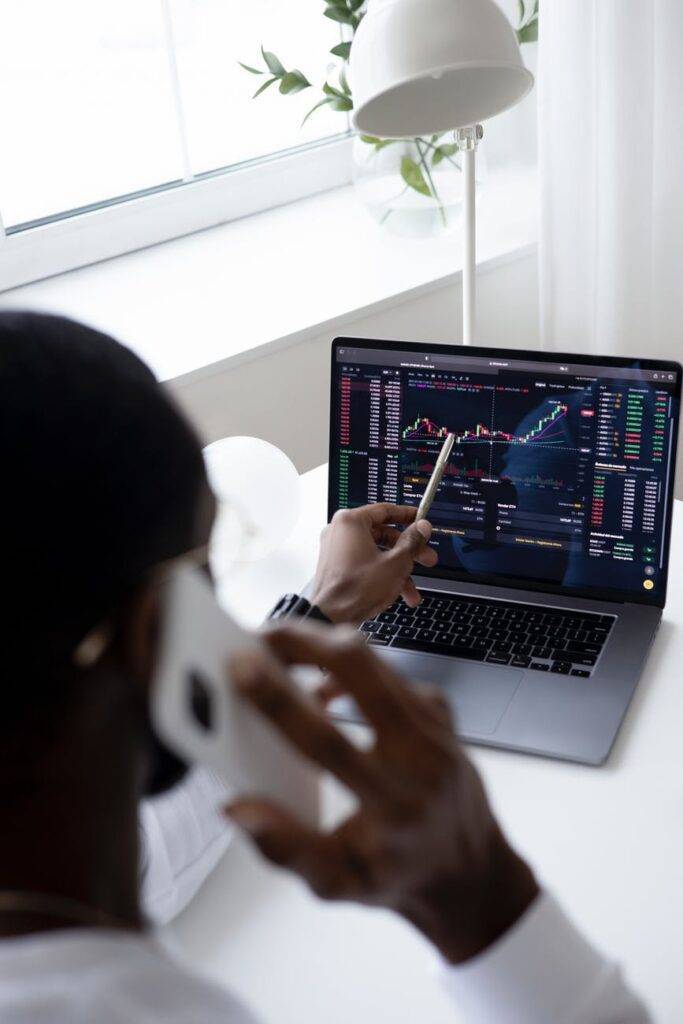To understand what an ETF is, you have go back to why is was created in the first place.
See, 30 years ago the norm for every small investor was to rely on his bank for investment advise. The bank understood this need and it created a pool of funds constituted from the money brought by investors. Then it handed this capital to a fund a manager. The bank called this product a ‘Mutual fund’. A Bank charged for the services of these managers an MER (management expense ratio) which is basically a fee. The fee ranged from 1.5% to 5% of the managed funds.
Mutual funds were very popular at that time because they provided two key elements: Professional management of your money and diversification. The manager is supposed to generate the ‘Alpha’ a better return that the index by selecting a bunch of winning stocks.
With time investors grew unhappy with the performance of most fund managers. They started looking closely at their performance vis-à-vis the performance of popular indexes such as S&P500 or in Canada the TSX. Something didn’t add up, the majority of fund managers who were supposed to pick the best stocks were unable to exceed the return of the market index. Mutual fund managers argued that yes for most they can’t beat the index, but taking in consideration the low volatility of their mutual fund versus the index they actually delivered on their promise.
Obviously, this explanation didn’t go well with investors especially with the high fees that Mutual funds carry. The idea then came about to create a product with no need for a ‘portfolio manager expertise’. The product will simply try to buy most of the stocks that make up the index to achieve a similar return. Also, this product will be easy to sell and buy because it will be listed in a stock exchange. They called this product an ‘Exchange Traded Fund’.
Since their launch, the ETFs were a hit with their low MERs and easy to understand objective, investors bought them in great numbers. This pushed issuers to diversify the offering for ETFs.
Now, investors buy more ETFs than mutual funds!
15 Best Monthly Dividend Stocks in Canada for passive income
Full list of ‘Dividend Kings’ stocks by sector – 2022
US Stocks that pay monthly dividends (Full list by sector)
What type of ETFs are there?
ETFs are so popular to the point where there is on for each taste:
- Index ETFs: tracks a major index like the TSX or the S&P500 or the NASDAQ…etc
- Fixed income ETFs: tracks an index but for fixed income (bonds, treasury bills…etc)
- Commodity ETFs: they track the price of a commodity Oil, Gas, Gold, Silver…etc
- Sector driven ETFs: they invest in a specific sector/industry for instance Blockchain, Retail, Energy…etc
- Multi asset ETF: they are a hybrid, they will invest for example 50% in Stock index and 50% in Bond index
You get the idea! You can constitute now a well diversified portfolio just by using ETFs. That’s why several companies are now offering ‘Robo advisor’ which is basically a portfolio of ETFs that fit your risk tolerance. They charge a small fee for this service.
How can I buy an ETF?
It’s the same process as buying a stock. You need simply to access the online website of your broker and place the order using the ticker/symbol of the ETF
Who are the main issues of ETFs in Canada?
- BMO Asset Management
- Claymore Investments
- BlackRock Inc
- Horizons ETFs Management
- Vanguard Investments Canada Inc.
Why should I consider buying an ETF?
The quick answer is diversification. Assume you have 5,000 $, you can’t buy a lot of stocks with that amount (may be 4 or 5). Also, you will incur fees to trade them. Your portfolio will be certainly too dependent on a performance of 1, 2 …or even 5 sectors that your stocks are in. If you buy with that 5,000 $ an ETF that tracks let’s say the TSX/S&P 60, it basically means you just bought share in 60 of the largest companies that are trading in the stock exchange in Canada. It’s clearly a powerful tool to diversify your portfolio with a small amount of money.
ETFs offer a wide variety of choices, you can basically decide the allocation yourself based on your risk tolerance or rely on Robo advisers services (such as Questrade or Wealth simple).
What are the risks?
An ETF trades like a stock. So it’s volatile. You have to accept the fact the value can go up or down like any stock. There is no question that an ETF covering let’s say the TSX is for most of the time less volatile than holding 1 stock. Because the TSX ETF is a bundle of over 100 stocks not just one. It’s diversified by nature so it’s less volatile.
Where do I start?
You have to assess your risk tolerance and pick an ETFs based on that.


